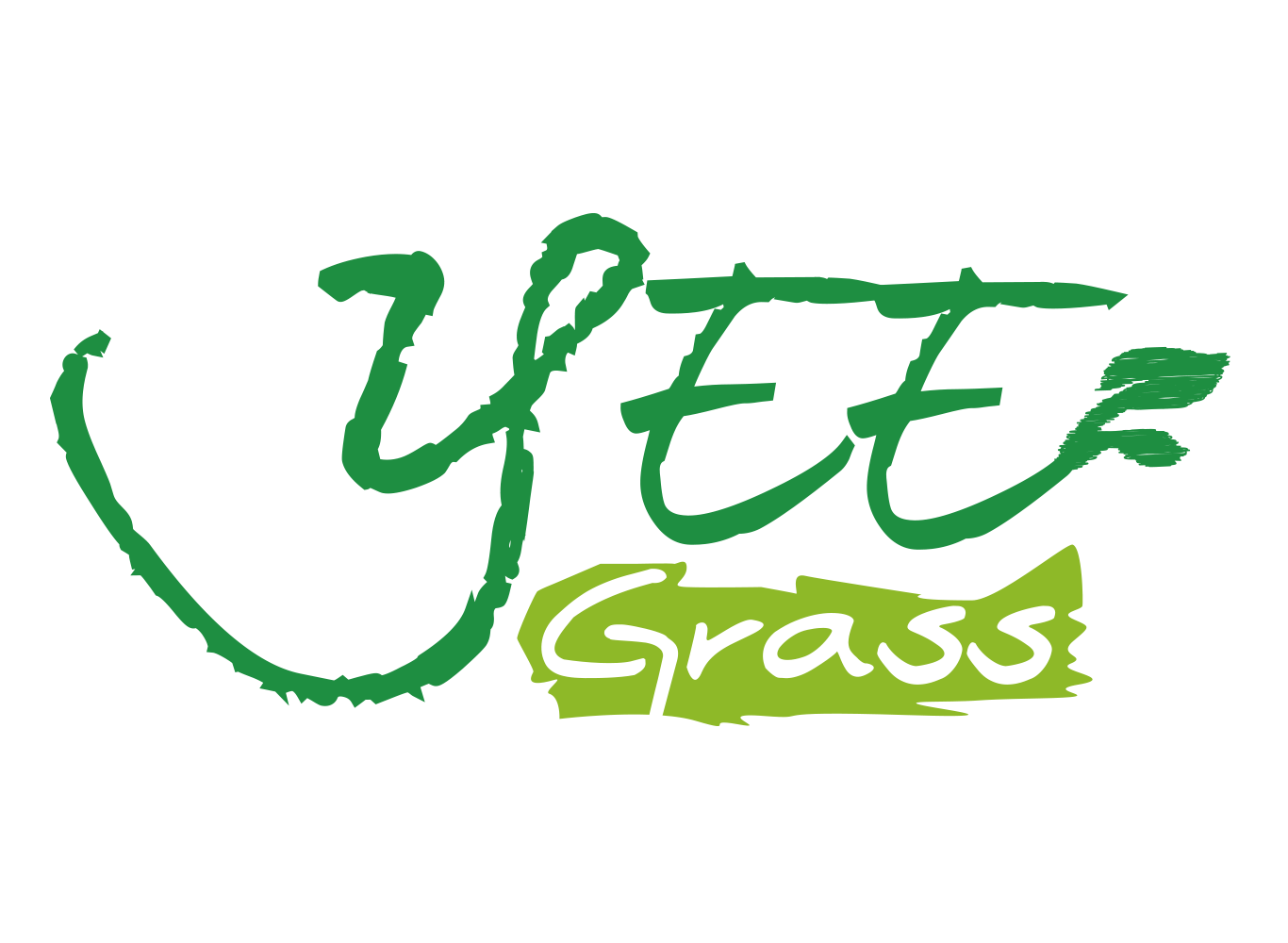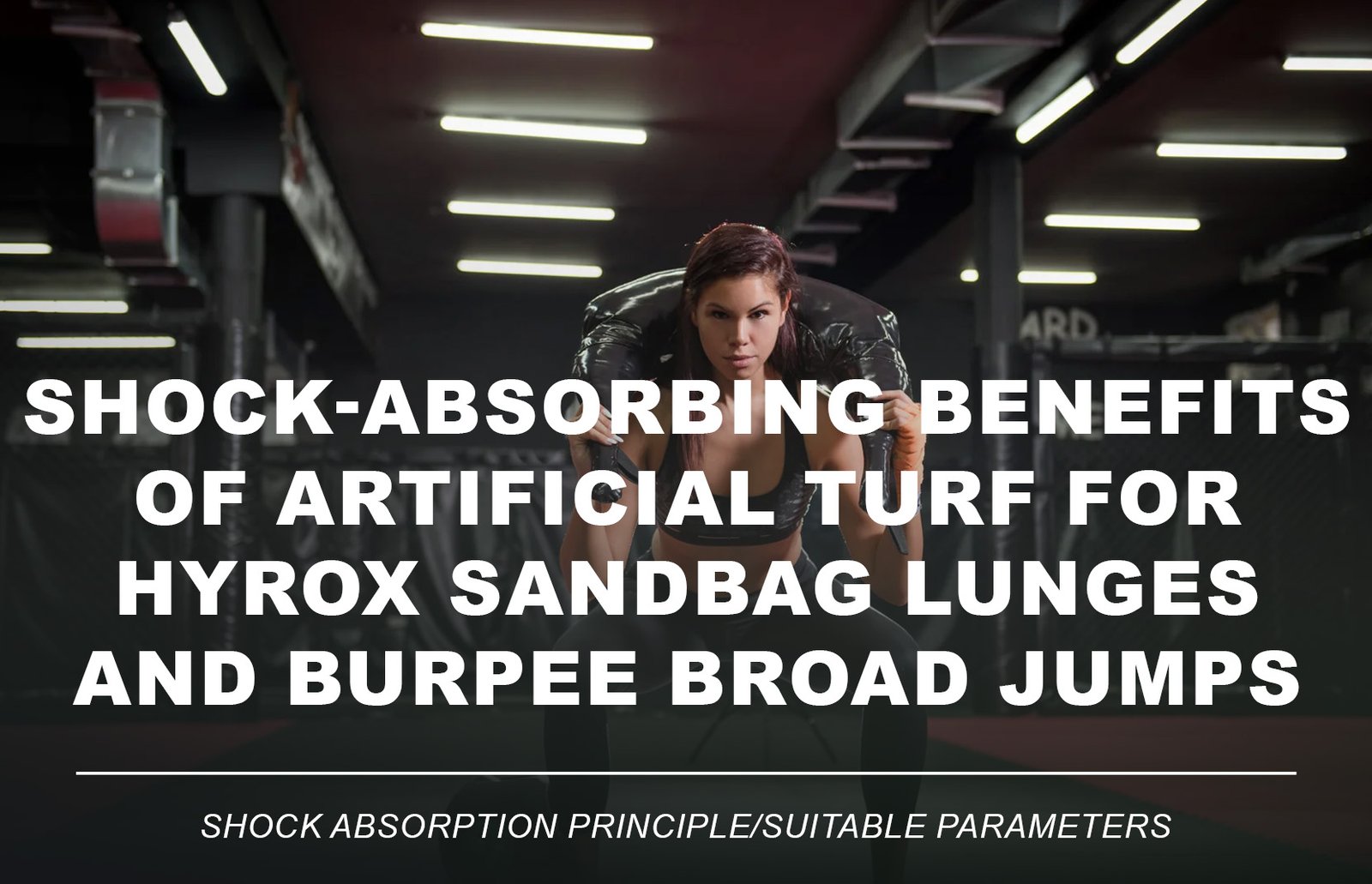
Discover the causes of static electricity on artificial turf playgrounds and learn expert tips to prevent shocks using anti-static turf sprays, infill, and grounding solutions. Keep your kids safe and static-free.
1.Why Artificial Turf Is Popular for Playgrounds
Artificial turf has become a go-to surface for modern playgrounds, offering:


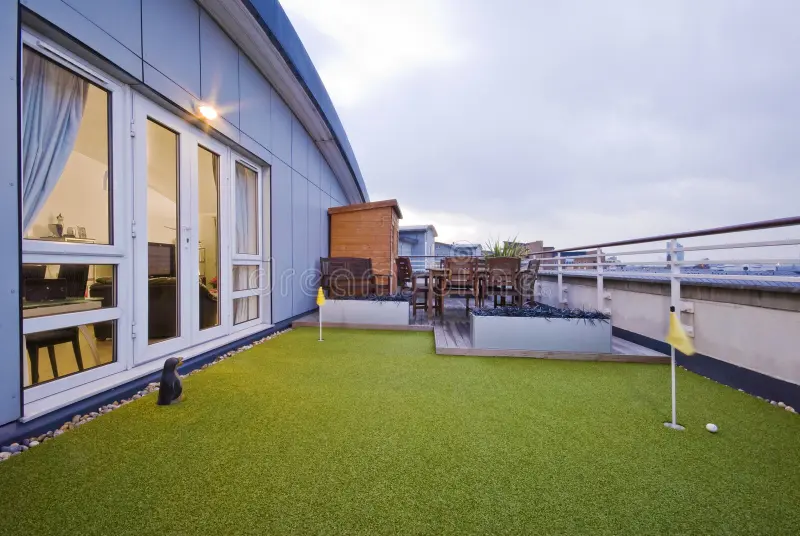

- Year-round usability
- Low maintenance
- Soft, cushioned play surface
- Improved safety and cleanliness compared to natural grass
However, in dry climates or cold weather, many parents and facility managers notice an unexpected problem: static electricity on synthetic turf.
2.Why Does Static Electricity Build Up on Artificial Turf?

Static electricity on synthetic grass occurs when turf materials (like polyethylene or polypropylene) rub against clothing, skin, or rubber soles—especially during dry weather or periods of low humidity. Common static triggers include:
Cold, dry climates
New installations without grounding
High-friction play (sliding, rolling)
Lack of anti-static infill or conductive underlayer
3.How Static Affects Playground Safety
While static shocks are usually minor, they can:

- Cause discomfort or pain for children
- Startle or scare sensitive kids
- Interfere with hearing aids or small electronics in rare cases
For environments like daycares, schools, and public parks, reducing artificial grass static electricity is essential.
4.Best Solutions to Prevent Static on Artificial Playground Turf
Here are proven ways to reduce or eliminate static on synthetic turf:
(1)Use Conductive, Anti-Static Infill
Applying the right infill material helps dissipate electric charges.
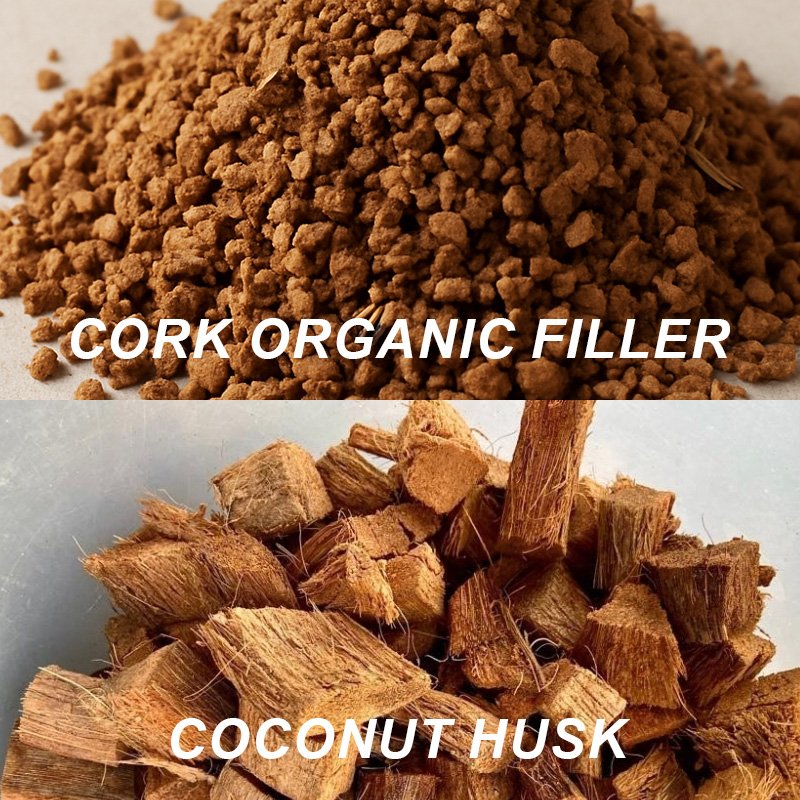
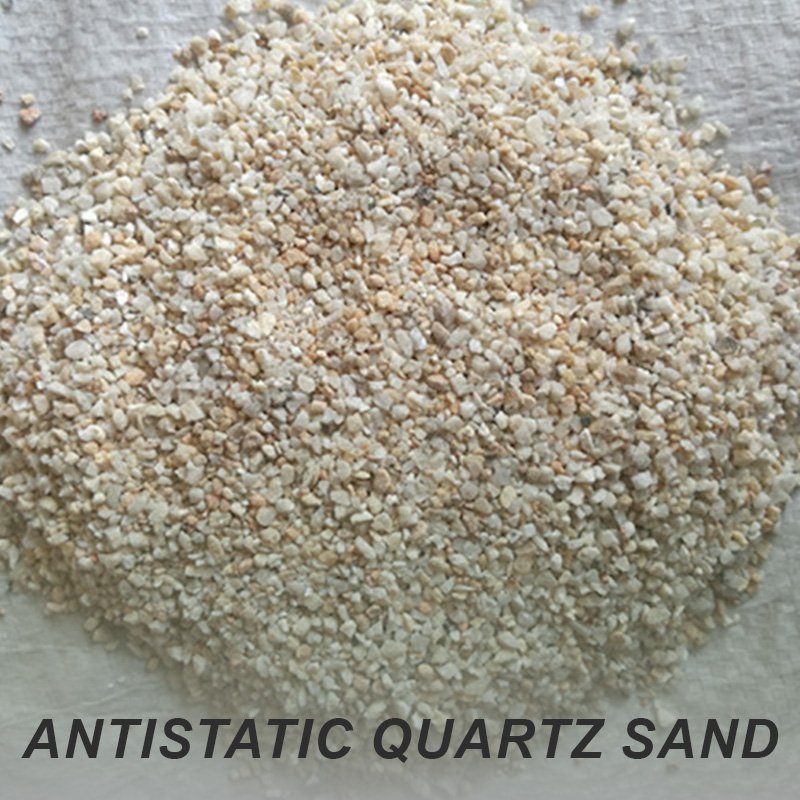
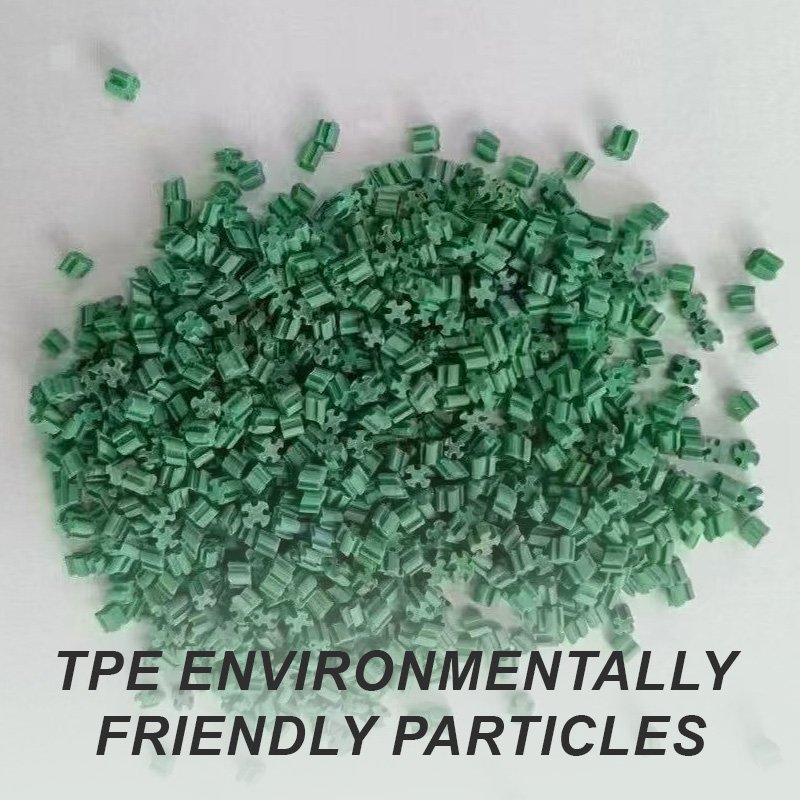
- Cork or coconut husk infill – eco-friendly, safe, naturally conductive
- Anti-static silica sand – treated with special coatings
- TPE rubber infill with conductive additives
(2)Apply Anti-Static Spray or Turf Coating
Use a spray-on anti-static turf treatment to instantly neutralize static buildup. For long-term results, professional anti-static coatings for artificial grass are more durable and effective.
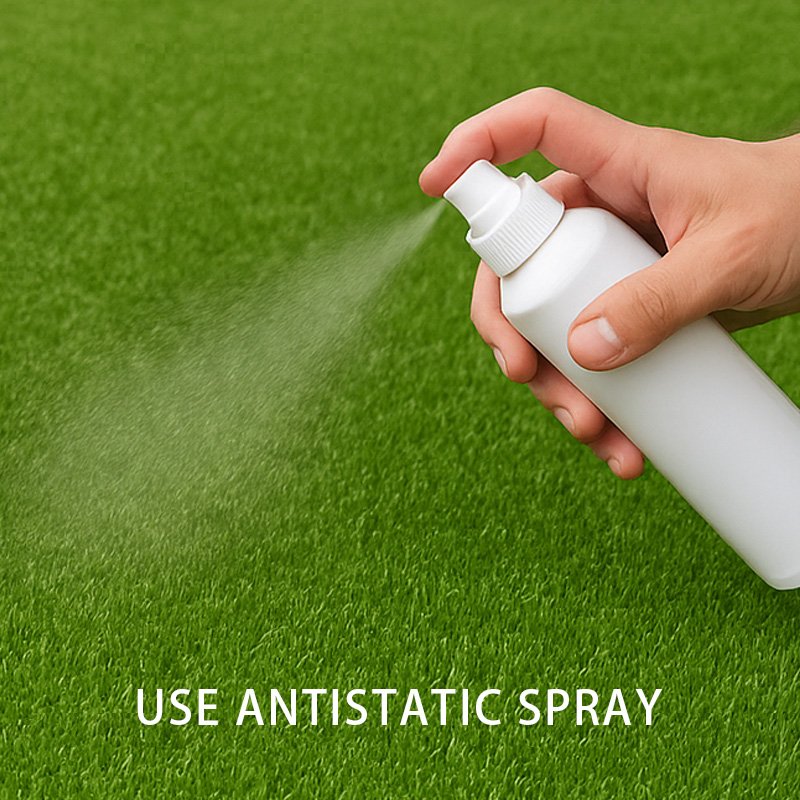
- Easy to apply during routine turf maintenance
- Works best in high-friction zones like slides and jungle gyms
(3)Maintain Moisture and Humidity
Dry conditions fuel static. Maintain turf moisture using:
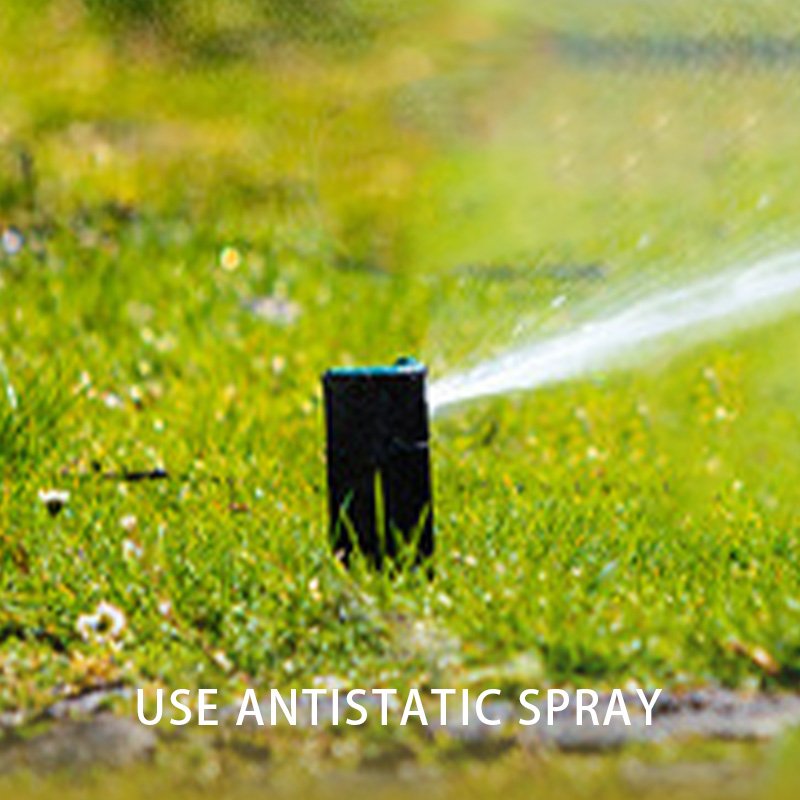
- Morning misting or light irrigation
- Surrounding hedges to trap humidity
- Installing misting systems near play areas
(4)Choose Anti-Static Artificial Grass
Some premium playground turf options come with anti-static technology, including:
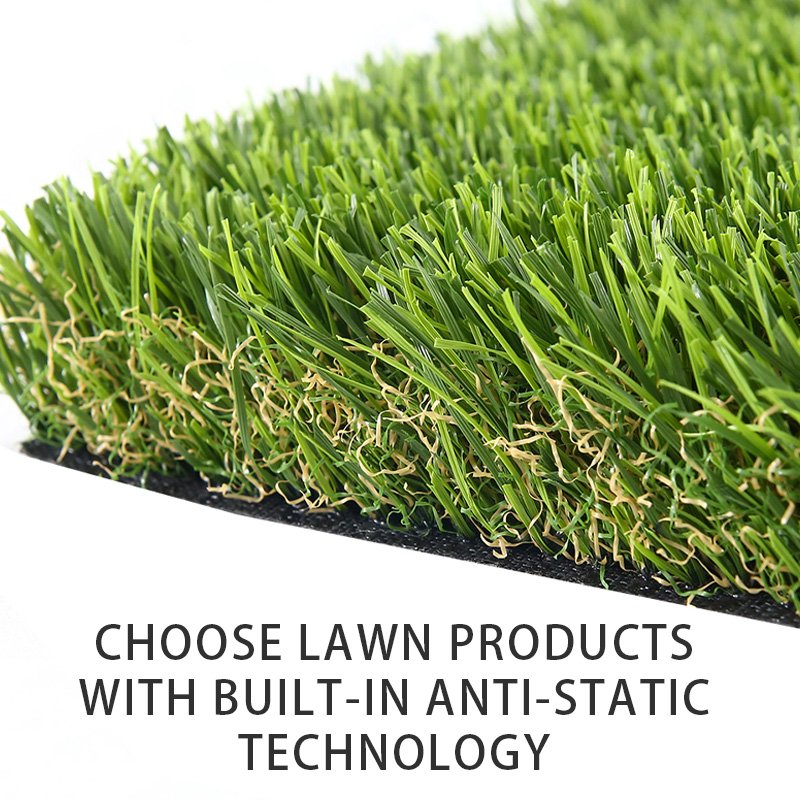
- Conductive yarns woven into the fibers
- Engineered backing with anti-shock grounding layers
5.Perfect for:
- Schools
- Daycare centers
- Community playgrounds
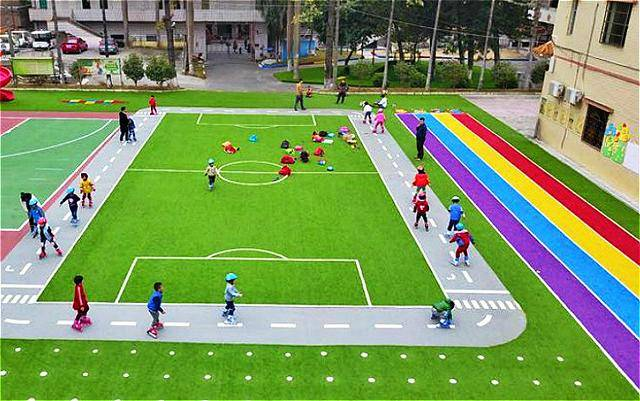


6.Expert Tips for Installation & Maintenance
To further reduce turf static and keep surfaces safe:
- Use certified anti-static playground turf
- Consider grounding rods or conductive underlayment
- Reapply anti-static sprays during dry months
- Check nearby metal equipment and add rubber insulators
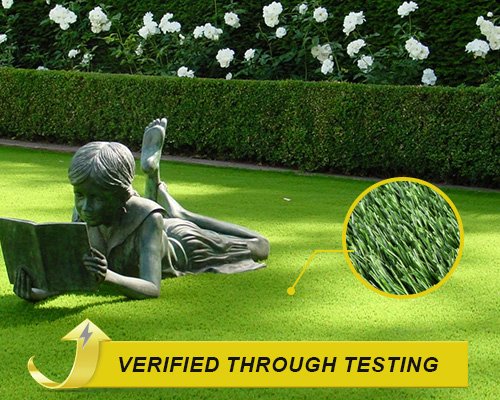
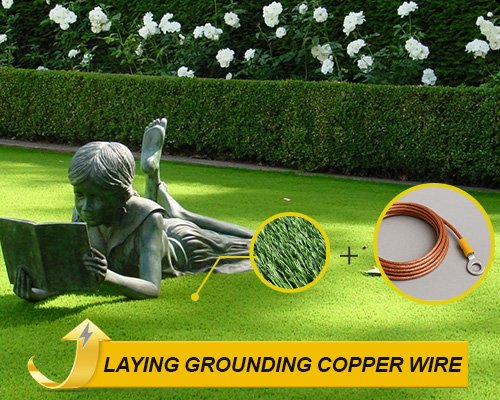
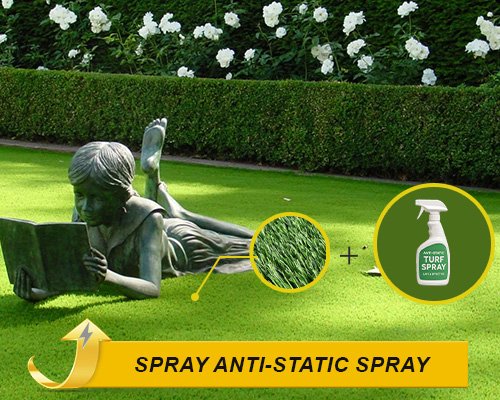

7.FAQ
Q: Why is my artificial turf shocking my kids?
A: It’s likely due to static buildup caused by dry weather, synthetic fiber friction, and lack of grounding or anti-static infill.
Q: How can I eliminate static from turf without replacing it?
A: Apply anti-static spray, lightly water the surface in dry seasons, or add conductive infill like cork or anti-static silica sand.
Final Thoughts: Keep Your Synthetic Playground Shock-Free
Static electricity on artificial turf may seem minor—but for kids, even small shocks can ruin a fun day. Whether installing a new system or upgrading existing turf, using the right anti-static infill, coatings, and moisture strategies makes all the difference.
